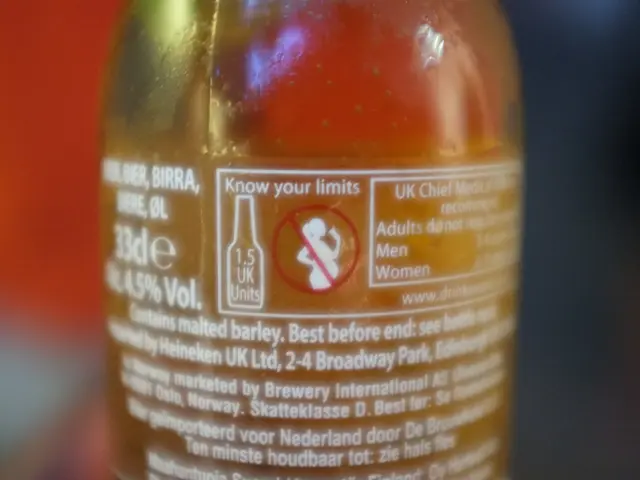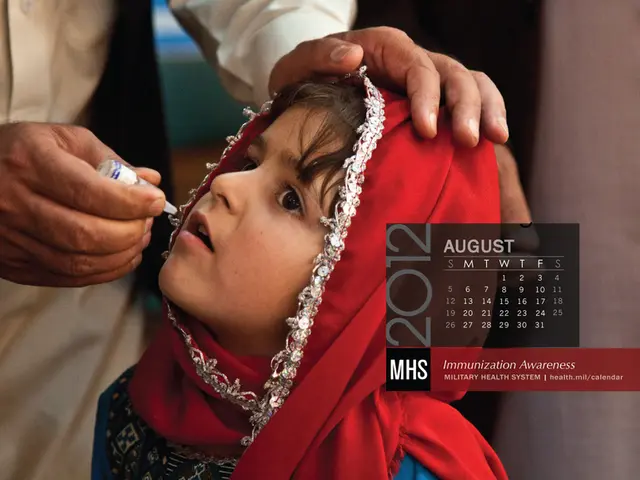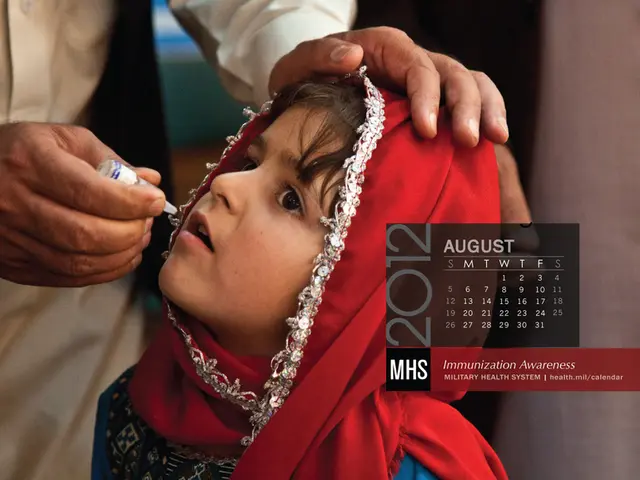MRSA Colonization Details: Exploration of Transmission, Preventive Strategies, and Additional Insights
Methicillin-resistant Staphylococcus aureus (MRSA) colonization is the presence of bacteria on or in the body, which may reside in moist regions such as the nose, throat, groin, armpits, skin folds, and perineal area. Despite the presence of these bacteria, an individual may remain symptom-free, as MRSA does not intrinsically cause infection.
For healthcare professionals, MRSA colonization presents a concern as colonized individuals unknowingly spread the bacteria, potentially causing infection in others - particularly in healthcare settings. This can be particularly detrimental because MRSA is resistant to many common antibiotics, including methicillin, penicillin, amoxicillin, and oxacillin. This resistance makes treatment more challenging, especially for vulnerable populations.
MRSA can be transmitted through close contact with infected or colonized individuals, sharing unclean equipment, environmental contamination of household surfaces, and improper hygiene practices. Preventative measures include regular handwashing, routine showers with antiseptic soap, keeping wounds covered and clean, avoiding sharing personal items, proper laundry habits, and regular disinfection of surface areas.
In medical settings, patients may be screened for MRSA, particularly those scheduled for surgery. If detected, medical professionals may recommend nasal creams or sprays, body wash, and shampoo to reduce bacterial counts. Treatment duration typically lasts 5 to 10 days. Recognizing skin infection signs, such as pain, redness, pus, swelling, and a warm-to-the-touch sensation, is crucial in identifying and promptly treating MRSA infections.
By adhering to hygiene guidelines at home and in medical settings, individuals can help mitigate the risks of MRSA colonization and associated infections.
Further Reading:- Can MRSA go away on its own?- Does chlorine kill MRSA effectively?- Will I always carry MRSA bacteria once colonized?
- Methicillin-resistant Staphylococcus aureus (MRSA) can cause chronic diseases and respiratory conditions, as its superbug nature makes it resistant to many common antibiotics, such as methicillin, penicillin, amoxicillin, and oxacillin.
- MRSA transmission occurs through close contact with infected or colonized individuals, sharing unclean equipment, environmental contamination of household surfaces, and improper hygiene practices, contributing to the spread of this infectious bacteria.
- Nutrition, skin care, mental health, fitness, and exercise, along with cardiovascular health, are essential elements of health and wellness, yet MRSA may still pose a threat, as it can cause skin conditions and be transmitted via skin contact.
- In addition to practicing good hygiene, healthcare professionals employ treatments like nasal creams or sprays, body wash, and shampoos to help reduce bacterial counts in colonized individuals, even if they might be symptom-free.
- Recognizing the signs of MRSA infections, such as pain, redness, pus, swelling, sensations of warmth, and understanding when to seek therapies and treatments is crucial for prompt management and better outcomes.
- Preventative measures in medical settings include regular screenings for MRSA, even during surgeries, to ensure the use of appropriate therapies and treatments in case of colonization.
- Symptom-free individuals may wonder if MRSA bacteria will go away on its own once colonized or if it is a lifelong struggle. Research on this topic can provide insights.
- Proper understanding of the disinfection properties of substances like chlorine can aid in keeping homes and medical settings safe against MRSA colonization and infections, contributing to overall health and wellness.








